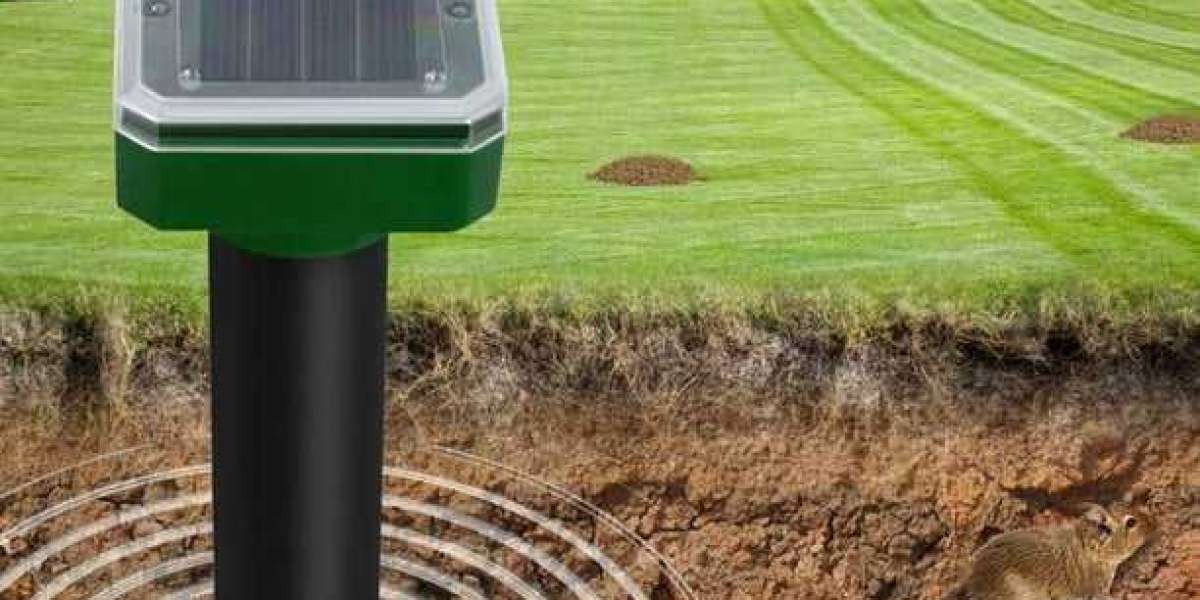Encountering snakes in your yard can be a nerve-wracking experience for homeowners. Whether you're dealing with harmless species or venomous ones, finding effective methods to keep them at bay is crucial for ensuring the safety of your family and pets.
Snakes are often unwelcome visitors in yards and gardens, posing potential risks to humans, pets, and property. While most snakes are harmless and play essential roles in ecosystems, encounters with venomous species or unexpected close encounters can cause concern. To address this issue, many homeowners seek effective snake repellent solutions to create a safer outdoor environment. In this article, we'll explore various snake repellent methods tailored specifically for yards and gardens. Understanding Snake Behavior
Before delving into snake repellent options, it's essential to understand the behavior of these reptiles. Snakes are attracted to areas with abundant food sources, shelter, and suitable habitat conditions. Yards with tall grass, dense vegetation, debris piles, and water features may provide attractive hiding spots and hunting grounds for snakes. By modifying the yard environment and implementing repellent strategies, homeowners can discourage snakes from taking up residence in their outdoor spaces.
Types of Snake Repellents for Yards
1.Chemical Repellents: Chemical snake repellents typically come in granular or spray forms and contain ingredients that emit strong odors or tastes unpleasant to snakes. These repellents often utilize natural substances like sulfur, clove oil, cinnamon oil, or naphthalene to deter snakes. When applied according to instructions, chemical repellents create a perimeter barrier around the yard, making the area less appealing to snakes.
2.Ultrasonic Devices: Ultrasonic snake repellent devices emit high-frequency sound waves that are disruptive to snakes' sensory systems, deterring them from entering the treated area. These devices are often solar-powered and can cover large areas of the yard. Ultrasonic repellents are non-toxic and safe for use around pets and children.
3.Physical Barriers: Installing snake-proof fencing around the perimeter of the yard can effectively prevent snakes from entering. Snake-proof fencing typically consists of fine mesh or solid barriers buried partially underground to prevent snakes from burrowing underneath. This method provides a physical deterrent without relying on chemical or electronic means.
4.Habitat Modification: Modifying the yard environment to make it less hospitable to snakes can also help deter them. This includes removing tall grass, weeds, and debris piles where snakes may hide or seek shelter. Regular lawn maintenance, such as mowing the grass and trimming vegetation, reduces potential snake habitat and makes the yard less inviting.
Application and Considerations
When using snake repellents yard, it's essential to follow the manufacturer's instructions carefully. Proper application methods and dosage are crucial for maximizing effectiveness and minimizing risks to humans, pets, and the environment. Additionally, homeowners should consider the following: Safety: Choose snake repellents that are safe for use around children, pets, and wildlife. Avoid products containing harmful chemicals or ingredients that may pose risks to non-target organisms.
Regular Maintenance: Monitor the yard regularly for signs of snake activity and reapply repellents as needed. Keep vegetation trimmed, remove debris, and maintain a tidy yard to discourage snake habitation.
Combination Approach: For optimal results, consider combining multiple snake repellent methods with habitat modification techniques. Creating a multi-layered defense system can significantly reduce the likelihood of snake encounters in the yard.
Implementing effective snake repellent strategies in the yard can help create a safer and more comfortable outdoor environment for homeowners and their families. By understanding snake behavior and employing appropriate repellent methods, homeowners can reduce the risk of snake encounters while promoting coexistence with these fascinating reptiles. Whether using chemical repellents, ultrasonic devices, physical barriers, or habitat modification techniques, homeowners have various options to tailor their snake repellent for yard powerful approach to their yard's specific needs.








